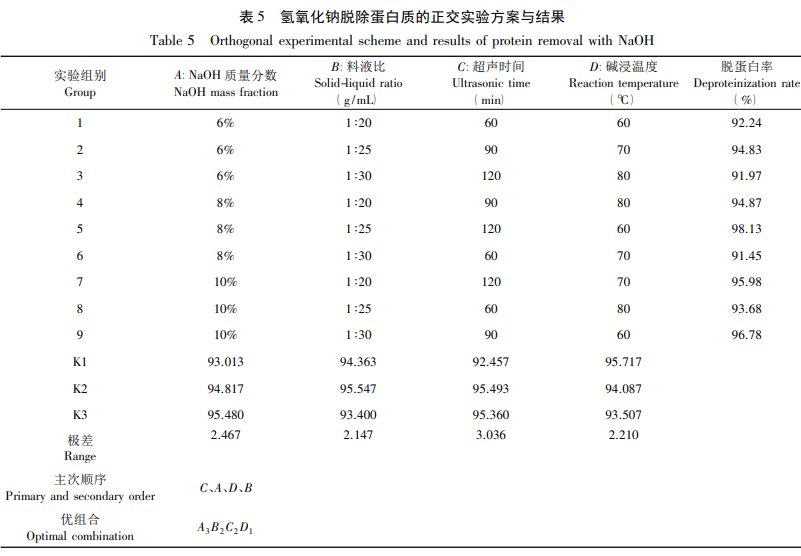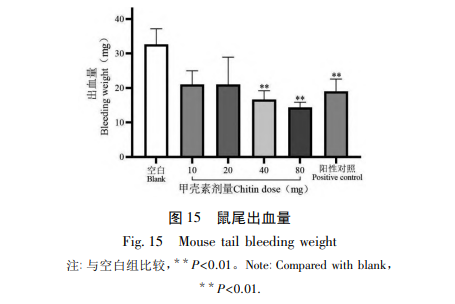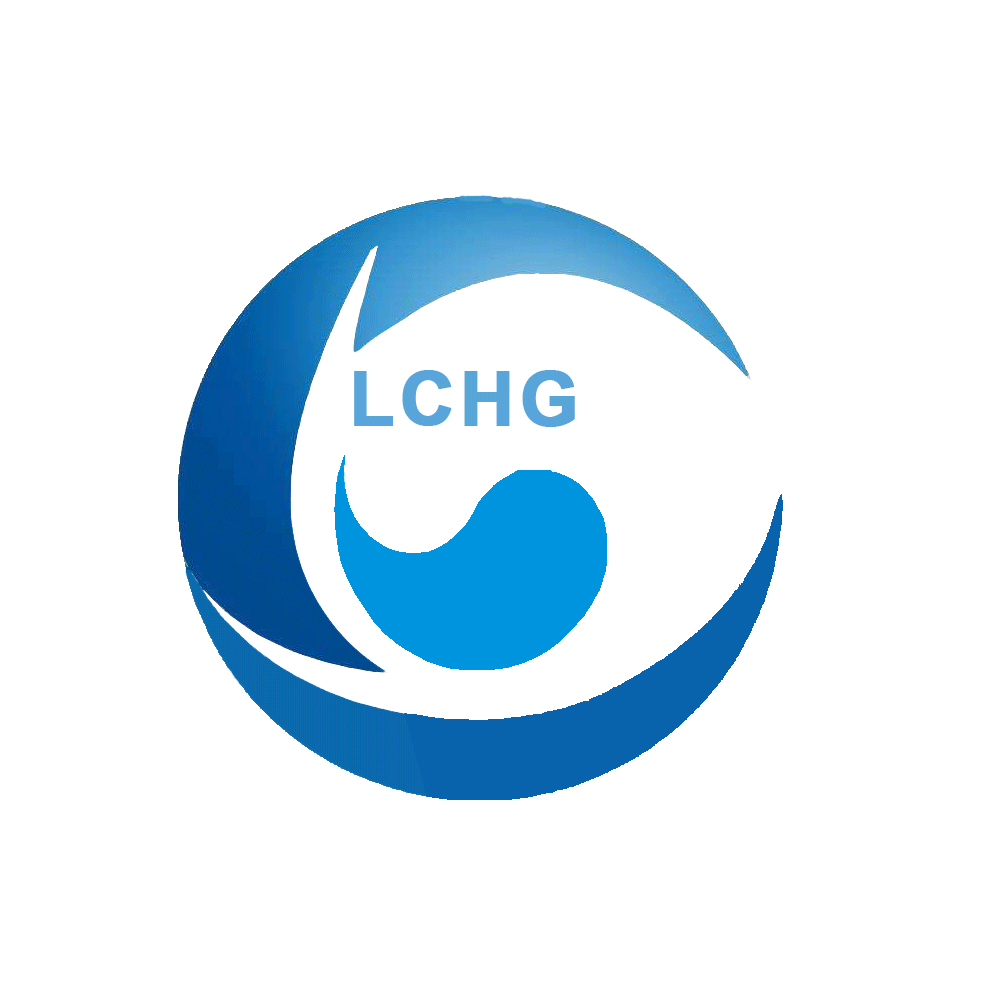Optimization of extraction process of chitin from cicada molt and evaluation of its antioxidant activity and hemostatic effect
Chitin, also known as chitosan, is a linear macromolecule biopolysaccharide composed of N-acetyl-2-amino-2-deoxy-D-glucopyranose units connected by β -1,4-glycosidic bonds. It is a semi transparent sheet-like solid, and due to the hydrogen bonding between polysaccharide chains, chitin is insoluble in water, dilute acids, dilute bases, or general organic solvents. Chitin is widely present in the shells of lower arthropods, insects, and the cell walls of certain algae and fungi in both marine and terrestrial environments. Extraction methods include acid-base, enzymatic hydrolysis, EDTA, microbial fermentation, and ionic liquid methods. Chitin has biological activities such as antioxidant, hemostatic, antibacterial, anti-tumor, hypoglycemic, hypotensive, lipid-lowering, and immune regulation. With its non-toxic, good biocompatibility, biodegradability, and enzyme degradation ability, it is widely used in biomedical fields such as drug delivery, tissue engineering, wound healing, and cancer treatment.
Periostracum Cicadae, also known as Cicadae, is the molting shell of the cicada family insect black grasshopper after eclosion. Its chemical composition mainly includes chitin, protein, inorganic salts, amino acids, trace elements, etc. As a commonly used traditional Chinese medicine in China, it has the effects of dispersing wind and heat, relieving throat, penetrating rashes, relieving spasms, and improving vision and relieving opacities. Studies have shown that cicada molt, as an alternative source of chitin, has low acetylation degree, crystallinity, thermal properties, and good ecological safety. However, due to the high price of cicada molt and the lack of fixed quality standards for chitin, research progress on cicada molt chitin is currently slow. This study used ultrasound assisted traditional acid-base method to extract chitin from cicada molts, shortened the extraction cycle, and optimized the extraction process using single factor and orthogonal experiments. The antioxidant activity and hemostatic effect of the extract were also determined, which has important reference significance for promoting the research and application of cicada molt chitin.

















The optimal process parameters for ultrasound assisted acid-base extraction of chitin from cicada molts were obtained through single factor experiments combined with orthogonal experiments, including decalcification: mass fraction: 8% hydrochloric acid, temperature: room temperature, solid-liquid ratio: 1:25, ultrasound power: 160W, ultrasound time: 150min; Protein removal: mass fraction: 10% sodium hydroxide, temperature: 60 ℃, solid-liquid ratio: 1:25, ultrasound power: no significant difference, ultrasound time: 90min; Decolorization: mass fraction: 5% potassium permanganate, 8% sodium bisulfite, temperature: 90 ℃, time: potassium permanganate reaction for 60 minutes, sodium bisulfite reaction for 90 minutes. Ultrasound assisted decalcification and deproteinization increase the penetration of the solvent, effectively shortening the extraction time.
In the preliminary experiment, potassium hydroxide/urea aqueous solution was used for low-temperature freezing and thawing to dissolve cicada molt chitin. During the process, it was found that the potassium hydroxide/urea system itself has a significant impact on free radicals. This study investigated the antioxidant activity of cicada molt chitosan suspension. The results showed that when the concentration of cicada molt chitosan suspension was 18mg/mL, the ABTS free radical scavenging rate was 91.31%, demonstrating strong free radical scavenging ability; When the concentration of cicada molt chitosan suspension is 15mg/mL, the scavenging rate of DPPH free radicals is 35.19%; When the concentration of cicada molt chitosan suspension is 20mg/mL, the scavenging rate of O2 free radicals is 63.72%. The reason why chitosan exhibits excellent antioxidant activity may be that it has partially deacetylated during the acid-base extraction process.
The test tube method was used to determine the in vitro coagulation time of rabbit blood with different doses of chitosan powder. The results showed that the in vitro procoagulant ability of cicada molt chitosan powder increased with the increase of cicada molt chitosan dose. Compared with Yunnan Baiyao powder at the same dose, the in vitro procoagulant ability of cicada molt chitosan powder was significantly better. The tail cutting method was used to determine the bleeding time and amount of different doses of cicada molt chitosan powder on mice. The results showed that the positive control group of cicada molt chitosan powder and Yunnan Baiyao powder at each dose could significantly shorten the bleeding time compared with the blank control group. Compared with Yunnan Baiyao powder at the same dose, there were significant differences in the bleeding time and amount of chitosan, indicating that cicada molt chitosan has better hemostatic ability than Yunnan Baiyao. Establishing a mouse liver bleeding model and measuring the bleeding time of the wound, the results showed that cicada molt chitosan could significantly shorten the bleeding time of the liver wound, and the data of the same dose of cicada molt chitosan was better than that of Yunnan Baiyao positive control. cicada molt chitosan has a good effect on promoting blood coagulation in bleeding wounds of organs with rich blood content in the body, such as the liver, and has the potential to be developed as a hemostatic material for surgical resection of some organs.
